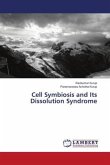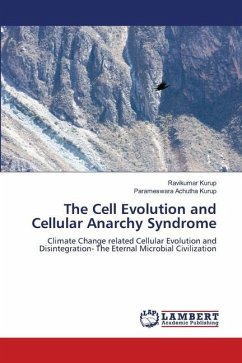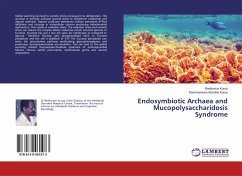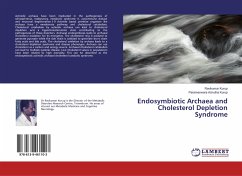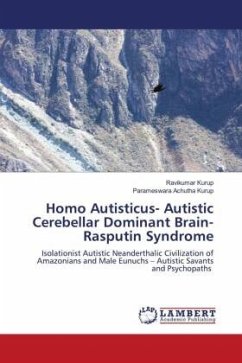Endosymbiotic archaeal digoxin can inhibit membrane sodium-potassium ATPase and regulate cellular functions. It can integrate the function of multiple cellular organelle - golgi body, lysosome, nucleus and genomic function, mitochondria and cell membrane. It can regulate cell death, cell differentiation and cell proliferation. The endosymbiotic actinidic archaea forms the basis of life and can be considered as the third element in the cell. It regulates the cell, the neuro-immune-endocrine system and the conscious/unconscious brain. Symbiosis by actinidic archaea is the basis of evolution of humans and primates. The increase in endosymbiotic archaeal growth can lead to the induction of homo neanderthalis. This endosymbiotic archaea induced neanderthalisation of the species leads to human disease like metabolic syndrome X, neurodegenerations, schizophrenia and autism, autoimmune disease and cancer.
Bitte wählen Sie Ihr Anliegen aus.
Rechnungen
Retourenschein anfordern
Bestellstatus
Storno



